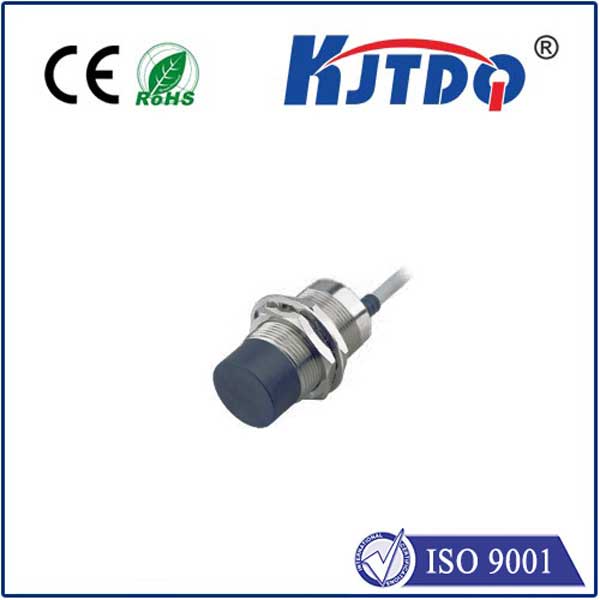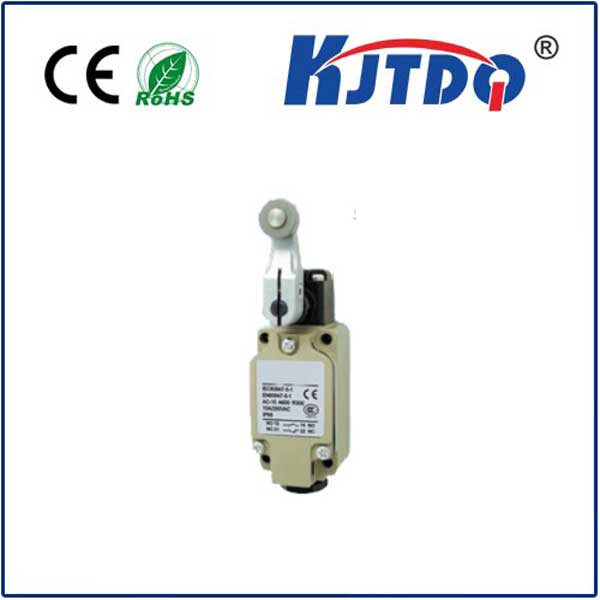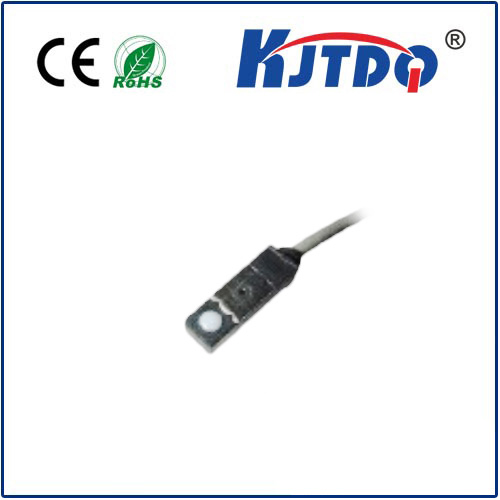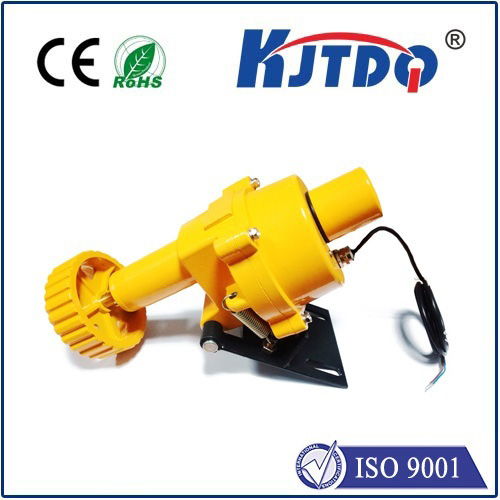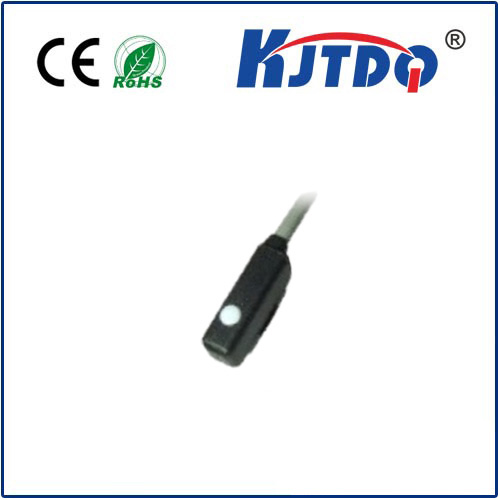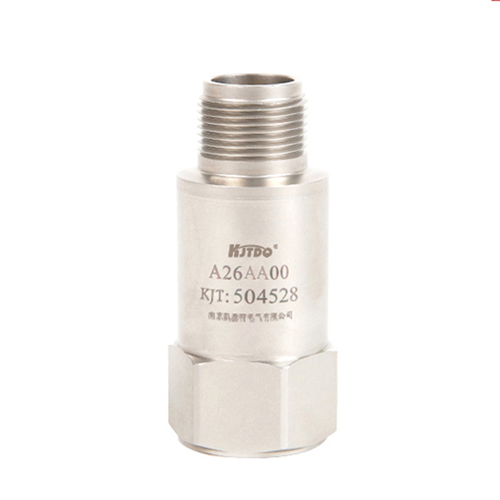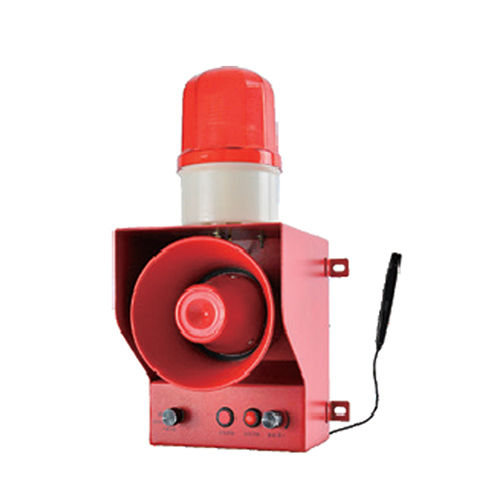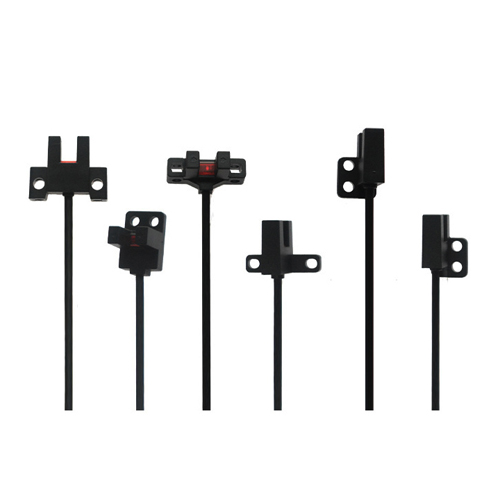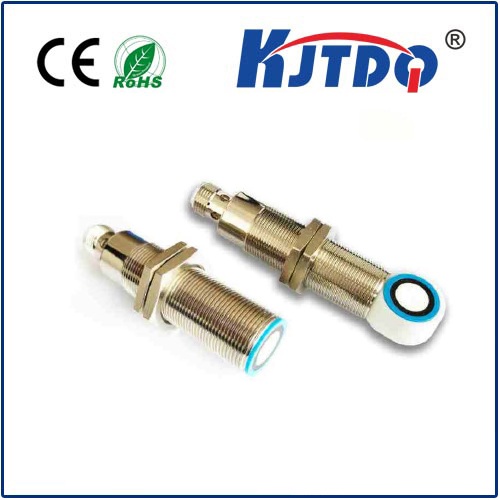

check

check

check

check
Imagine your project gaining the uncanny ability to “see” nearby objects without touch. Whether avoiding obstacles, measuring fluid levels, or triggering automated actions, understanding proximity unlocks endless creative potential. Enter the ultrasonic proximity sensor, particularly when paired with the versatile Arduino platform. This powerful yet surprisingly accessible combination transforms your projects from blind participants into aware, responsive systems. Let’s dive into how these sensors work and how you can integrate them effortlessly with Arduino for precise distance measurement.
How Does an Ultrasonic Proximity Sensor Work? Echoes of Intelligence
Unlike visual sensors, ultrasonic sensors operate like bats or dolphins. They emit high-frequency sound waves (typically 40 kHz) – far beyond human hearing – and then listen for the echo. The core principle is straightforward physics:
Distance = (Speed of Sound * Time) / 2, it calculates how far away the object is. We divide by two because the sound traveled to the object and back.The HC-SR04 is the ubiquitous, low-cost ultrasonic sensor module that has become synonymous with Arduino proximity sensing. Its simplicity, reliability, and minimal wiring requirements make it the go-to choice for hobbyists and educators.
Getting Started: Wiring the HC-SR04 to Your Arduino
Connecting the HC-SR04 ultrasonic module to your Arduino board is incredibly simple. Here’s the standard wiring diagram:
Making Your Arduino “See”: The Essential Code
Now that the hardware is connected, we need the Arduino code to orchestrate the measurement. The logic follows the sensor’s operation:
Trig pin high for a very short duration (usually µs).pulseIn() function to measure the duration the Echo pin stays high. This duration (travelTime) corresponds to the sound wave’s round trip.Here’s a foundational code snippet for Arduino distance measurement:
const int trigPin = 2; // Pin connected to HC-SR04 Trig
const int echoPin = 3; // Pin connected to HC-SR04 Echo
void setup() {
Serial.begin(9600); // Initialize serial communication
pinMode(trigPin, OUTPUT);
pinMode(echoPin, INPUT);
}
void loop() {
// Clear the trigPin (set low)
digitalWrite(trigPin, LOW);
delayMicroseconds(2);
// Send 10µs high pulse to trigger the sensor
digitalWrite(trigPin, HIGH);
delayMicroseconds(10);
digitalWrite(trigPin, LOW);
// Measure the duration of the echo pulse (high state) on echoPin
long duration = pulseIn(echoPin, HIGH);
// Calculate distance in centimeters (Speed of sound = 343 m/s = 0.0343 cm/µs)
// Divide by 2 (for to-and-fro travel)
float distance_cm = duration * 0.0343 / 2;
// Print distance to the Serial Monitor
Serial.print("Distance: ");
Serial.print(distance_cm);
Serial.println(" cm");
delay(100); // Short delay between readings
}
Key Considerations for Reliable Ultrasonic Sensor Projects
While incredibly useful, achieving consistent and accurate results requires understanding a few ultrasonic sensor limitations and calibration techniques:
0.0343) in your code using the formula Speed = 331.5 + (0.6 * Temperature_Celsius).Unlocking Project Potential: Practical Ultrasonic Applications
Integrating an ultrasonic proximity sensor Arduino solution opens doors to countless exciting projects:
Beyond Basics: Enhancing Your Proximity Sensing
Once comfortable with the fundamentals, explore advanced techniques:
NewPing or Ultrasonic that can simplify code and offer features like timeout adjustments and unit conversions.